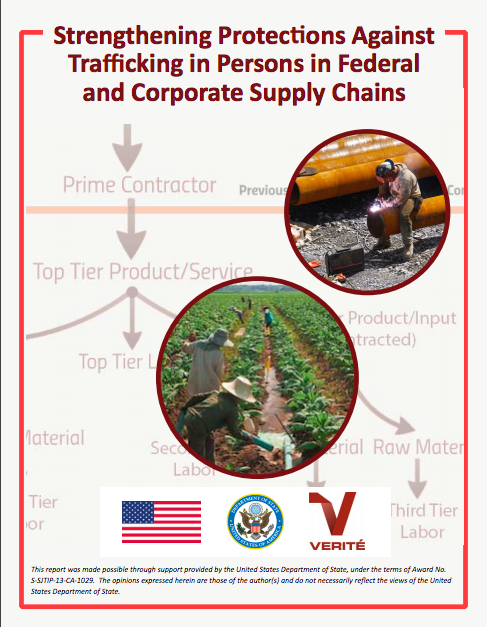Regulating labour recruitment to prevent human trafficking and to foster fair migration: Models, challenges and opportunities
Good PracticesThis working paper presents the role of international labour standards in regulating recruitment and provides a preliminary overview of national laws, policies, regulations and enforcement mechanism which aim to prevent fraudulent recruitment practi...Read More

